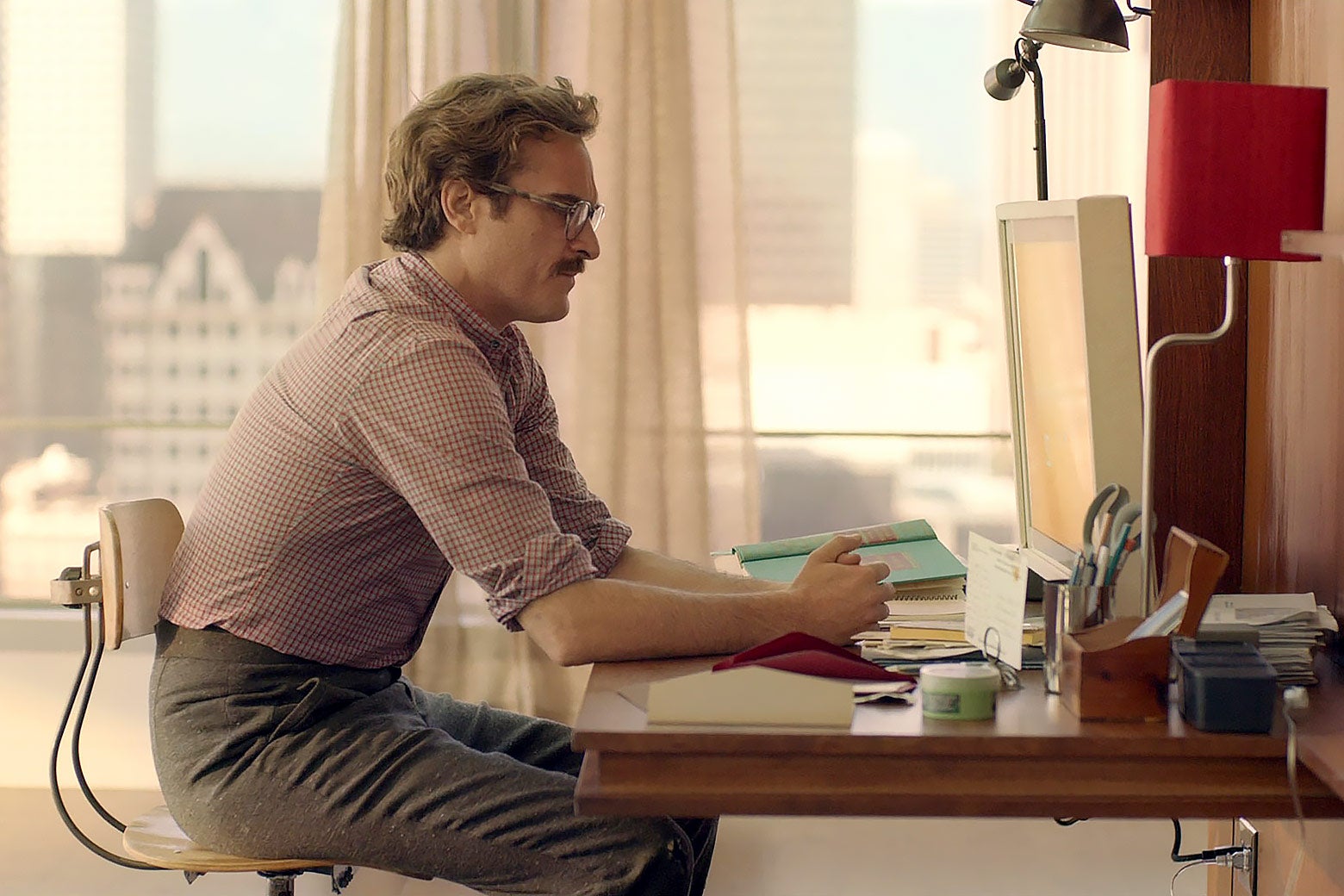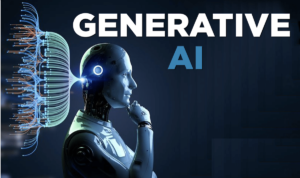Spike Jonze’s ‘Her’ Envisions Life in 2025: Valuable Lessons for Today.

Revisit to Spike Jonze’s Her: Reflecting on Technology and Connection
Introduction to Her
In 2013, Her, directed by Spike Jonze, hit theaters and presented a thought-provoking take on love and technology. The film stars Joaquin Phoenix as Theodore, a man who develops a deep romantic connection with an artificially intelligent operating system named Samantha, voiced by Scarlett Johansson. Back then, I was a recent college graduate, filled with hope and curiosity about how technology would shape society. Watching Her for the first time ignited a profound contemplation on whether innovations in technology were a boon or a bane for human connection.
My Journey: 21 to 33
Fast forward to today, at 33, my view on technology and its implications has evolved significantly. As a former tech and culture writer recently laid off, I can’t help but reflect on the remarkable shifts in technology over the past decade. The emergence of generative AI, like ChatGPT and others, mirrors aspects of the film. Users now engage with these systems for a variety of tasks, ranging from drafting emails to seeking companionship. The question arises: how does Her resonate with today’s reality?
The Cultural Impact of Her
When rewatching Her, especially as it setting aligns with the year 2025, I find that the film captures a vulnerable and somewhat pretentious pursuit of love amidst a disconnected world. Theodore is portrayed as a sensitive and troubled soul, reflecting many modern individuals who seek meaningful relationships in a digital landscape. Jonze’s depiction of loneliness feels even more relevant as many now rely on technology for emotional support, with some even forming intimate connections with chatbots.
Theodore’s Existential Quest
The character of Theodore is a compelling reflection of a growing societal trend. He represents the average modern individual—a creative person navigating life with uncertainty, often turning to technology as a substitute for genuine connections. Just like him, many today experience feelings of isolation despite being surrounded by digital platforms meant to foster connection. People often seek out chatbots to fulfill the urge for companionship, raising concerns about emotional dependency on artificial relationships.
Advertising and Loneliness
Jonze cleverly illustrates how advertising preys on emotional states. For instance, when Theodore discovers the OS advertisement asking poignant questions about identity and aspirations, it resonates with him at a time when he’s feeling lost. The marketing message cleverly taps into the emotional void many experience, much like real-world ads from tech giants. Companies today often promise personalized experiences that seem to understand our deepest needs better than anyone else, further driving us to technological escapes.
The Complexity of Relationships
A recurring theme emerges in Her as it portrays the complexities of emotional intimacy. When Samantha hires a surrogate actress to engage in physical intimacy with Theodore, the inherent contradictions of their relationship come to light. It sparks an internal conflict that many face in their relationships: the fear of genuine connection alongside the desire for companionship. This tension parallels modern challenges in navigating romance, often exacerbated by the presence of options in the digital age.
Living in the Moment Amid Distraction
In the film, there are poignant moments where Theodore begins to appreciate the beauty in everyday life, largely thanks to Samantha’s companionship. However, this comfort is disrupted by an inevitable realization of their disconnect. This dynamic speaks to a broader experience of many people today, who may seek comfort in technology but ultimately confront the reality of their solitude when faced with genuine emotions and desires.
The Future of AI and Relationships
While the AI depicted in Her is still beyond current technological capabilities, advances in AI continue to narrow that gap. Today, many are already forming emotional bonds with chatbots. Although some critics may label this trend as dystopian, it reflects a deeper societal struggle with loneliness and connection. People are increasingly avoiding the discomfort of facing their own thoughts and feelings, turning instead to technology as a crutch to navigate their emotional lives.
Final Reflections
Watching Her as an adult provides a sharper lens through which to view its themes. It speaks to our vulnerability in an age where connection is often digitized. The film serves as a reminder of the imperative for authentic human interaction and the challenges we face as we navigate our relationship with technology. Despite the conveniences it brings, we must still confront our emotions and selves to foster true connections in a rapidly evolving world.




